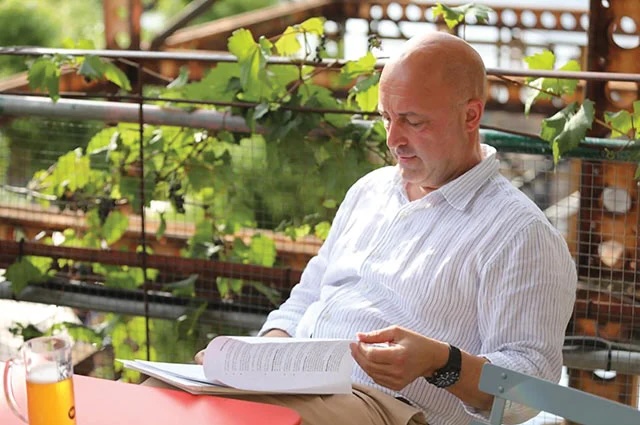Soil is vanishing—and with it, the bedrock of our food supply. Yes, you read that right: the very dirt under our feet, the silent stage for 95% of the food we eat, is slipping away. According to the UN, a third of the planet’s soils are already degraded. Over half of our agricultural land is tapped out, with 90% of fertile land set to collapse by 2050 unless we rethink our relationship with the earth. Let that sink in. A world without soil as we know it.
The food system we rely on—the fruits, vegetables, grains, you name—it depends on a fragile, irreplaceable crust of topsoil, a mere whisper-thin layer taking thousands of years to form. Yet it’s blown away in minutes thanks to our habits: erosion, pollution, unsustainable farming. Losing this crust isn’t just about food scarcity. It means upending ecosystems, choking off water systems, and unraveling the livelihoods of countless communities rooted in the land. But here we are, whistling past the graveyard of vanishing soil. Why?
The truth is, we humans have engineered much of this crisis. Monoculture farming where a single crop is pounded into the soil season after season strips the earth of vital nutrients, while pesticides scorch the diversity that keeps soil alive. Factor in climate change from greenhouse gas emissions, deforestation, and pollution, and we’re staring down a perfect storm. What’s left? Dead, dry land, no longer the living, breathing entity it’s meant to be.

Because, yes, soil is alive. A gram of soil is an entire universe, teeming with tens of thousands of species: microbes, earthworms, fungi, all part of a symbiotic web. And yet, in our infinite wisdom, we bulldoze over it with ploughs, drown it with irrigation, and crush it with the weight of our machinery. If we keep this up, what’s left won’t be enough to grow even a single blade of grass, let alone feed the world.
So, what can we do? Start by rewriting the rulebook. We need to trade heavy chemical inputs for regenerative practices. Mix up our crops, limit our impact, and let the soil breathe. Healthy soil is resilient, but it can’t work miracles on a deadline. If we want a future with food on our tables and water in our wells, we need to act fast. Because the ground beneath us the one thing we can’t replace is depending on it.




